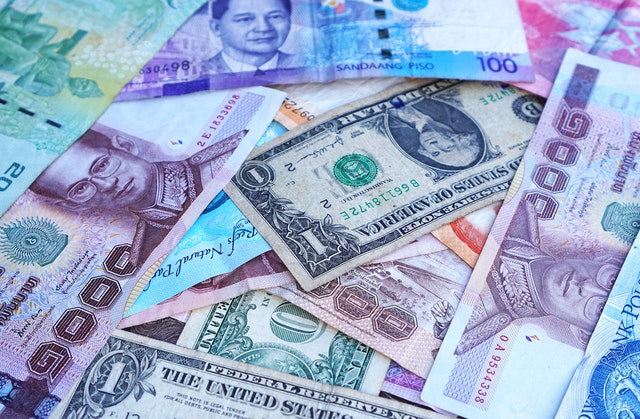Economic news releases can have a significant impact on the forex market. They can move prices in both directions, depending on what the data shows. For traders, it’s important to be aware of these releases and how they might affect the currency pairs you’re watching. In this post, we’ll take a look at how economic news releases can move the forex market and how important it is to stay updated.
The Release Of Economic News Creates Volatility In The Forex Market
News releases are a potent source of volatility in foreign exchange markets, serving as a major consideration for traders. These key pieces of information can make or break the financial trajectories for investors, depending on their opening positions relative to the new insights. The relationship between news and market volatility can provide substantial benefits when successfully navigated. However, failure to take timely action could result in a significant loss, but this could be avoided by exercising caution about current events. As such, traders must stay abreast of any relevant fiscal developments if they are to remain competitive in the rapidly changing forex market.
A Significant Impact Of Economic News On Currency Prices
Economic news is a key component of forex trading whether it pertains to economic indicators, central bank announcements, or economic forecasts. Economic news can have a major impact on currency prices. If it is an unexpected or opposite-of-expected outcome, the effect can be particularly pronounced. Currency speculators must always remain aware of economic news and be prepared to respond quickly to take advantage of potential price fluctuations. Economic news often leads to high volatility. Traders must exercise great caution when making decisions timed with economic events.
Importance Of Economic News Awareness In Developing A Trading Plan.
Forex trading is one of the most dynamic markets in the world, and a major part of success lies in staying informed about upcoming economic releases. Having an awareness of these announcements can be essential in determining when to enter and exit the market, as well as for setting profit and loss goals. However, it is equally important to have a plan for how you will trade if there is a big move in the forex price due to an announcement or some other shock to the forex market. An effective forex strategy should allow you to take advantage of news-based movements while managing risk appropriately so that losses are kept to a minimum. Being aware of economic releases and having a well-thought-out plan can give forex traders an added edge.
The release of economic news is one of the most important factors that can impact the forex market. Economic news can have a significant impact on currency prices, especially if the news is unexpected or contrary to market expectations. News releases can cause volatility in the forex market, which can be either good or bad for traders depending on their positions. It is important to be aware of upcoming economic releases and to have a plan for how you will trade if there is a big move in the market. Stay updated!







